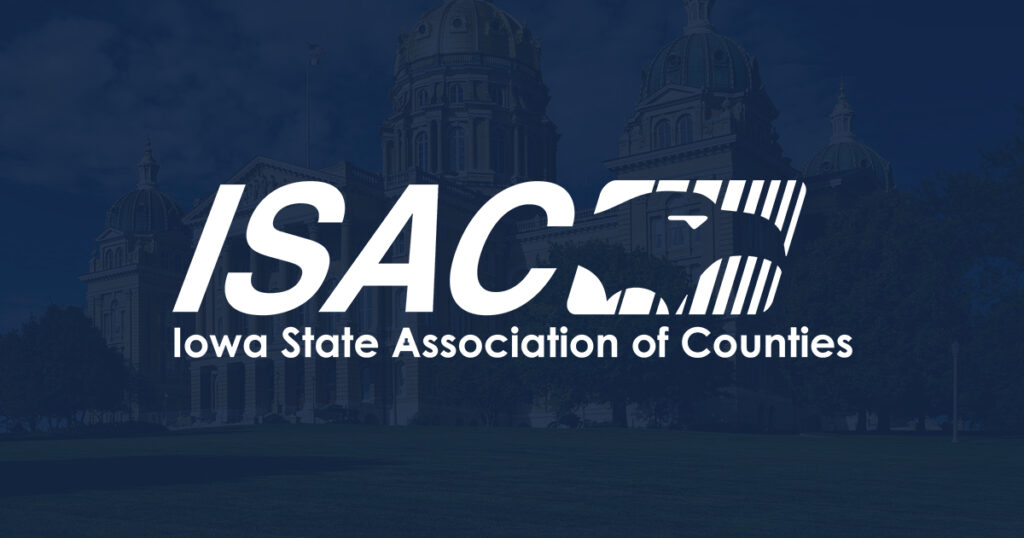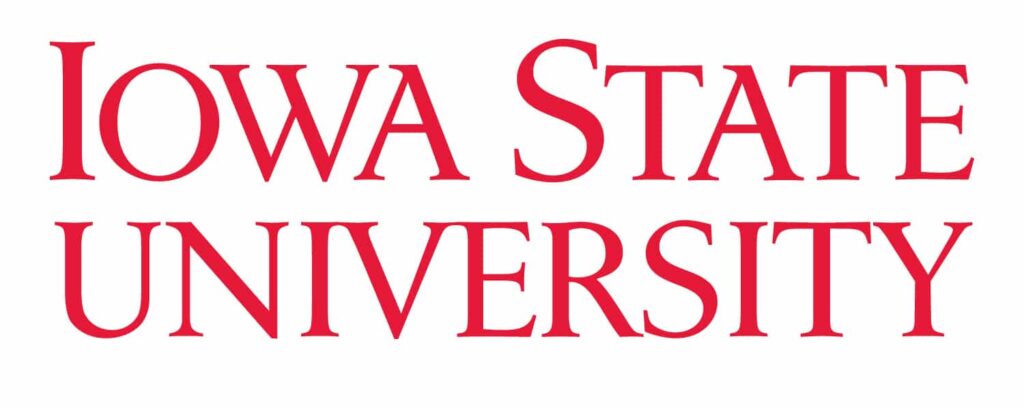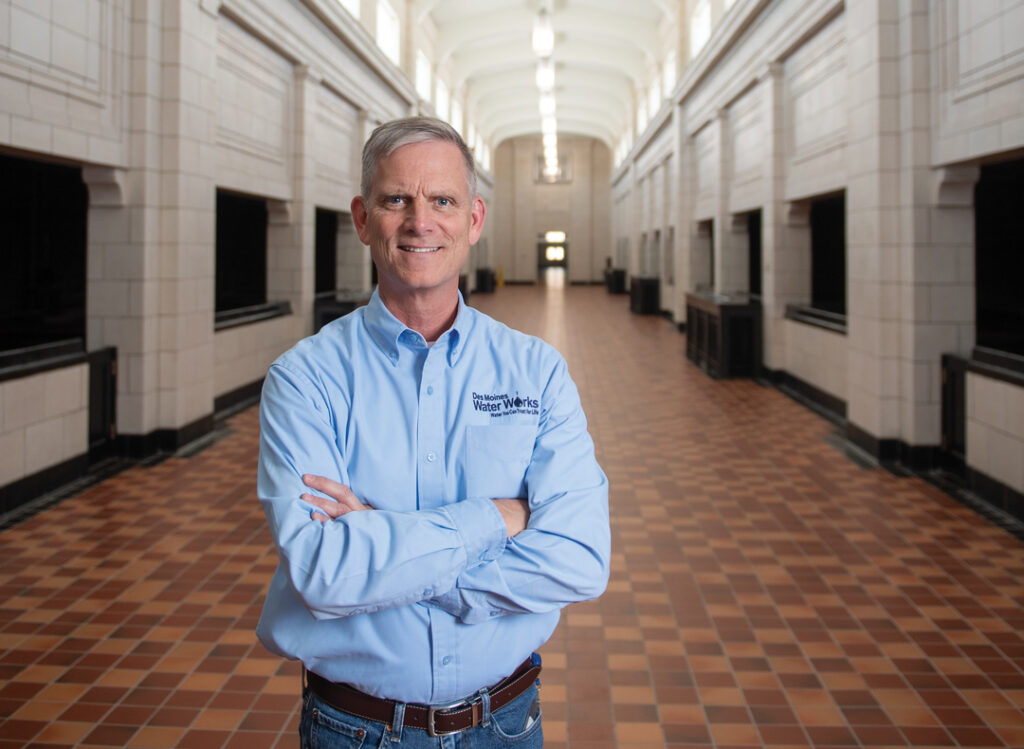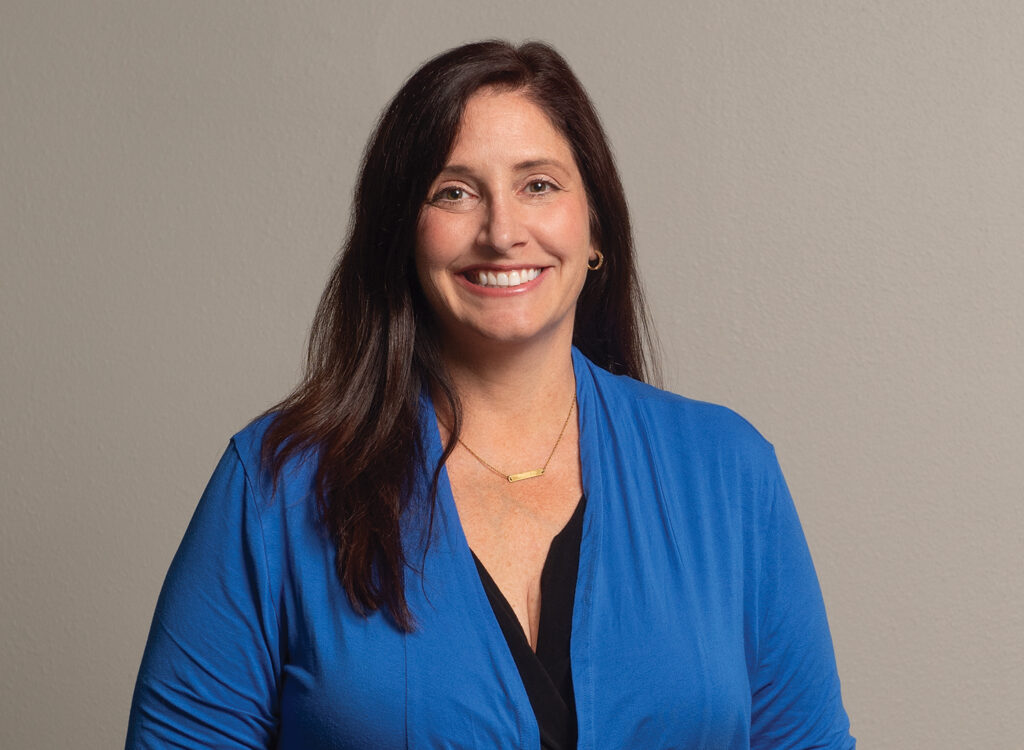Labor outlook: What to expect in 2021

MICHAEL CRUMB Nov 4, 2020 | 7:16 am
6 min read time
1,427 wordsBusiness Record Insider, Economic Development
Over the past six months we’ve all adapted to the new normal of living in a time of a pandemic. Remote working has become the norm for employees of many companies. Layoffs and furloughs that were enacted early on drove unemployment to record highs in Iowa. While companies have begun to reopen, it’s become clear that the recovery will be a marathon and its effect on the workforce will be long lasting.
The Business Record recently held a virtual Newsroom 515 panel discussion that looked at the job outlook for 2021 and what employers and employees could possibly expect in the months to come.
The Oct. 14 labor outlook conversation, moderated by Business Record Publisher and Executive Editor Chris Conetzkey and senior writer Michael Crumb, included four experts:
Mary Bontrager, executive vice president of talent development, Greater Des Moines Partnership
Negus Sankofa Imhotep, workforce development director, Urban Dreams
Tom Root, associate professor of finance, Drake University
Kathy Joblinske, market president and executive vice president of Manpower Group
Here are some highlights from the conversation:
Will changes that have occurred as a result of the pandemic be long-lasting or permanent?
Mary Bontrager: One of the biggest changes, and we knew it was coming, is the adoption and augmentation of new technologies. Technology became critically important to almost everyone, so while we knew in the future world of work it would be coming at us, it’s just been accelerated. Also, we’re seeing companies looking a bit more at an individual’s core competencies. Yes, technical skills will continue to be important, but those core competencies have come more strong into play. When we look at job posting in the past 90 days, you really see in those postings the call out of those core competencies. Things like interpersonal communication skills, cooperation and team players, customer service, adaptability, flexibility, we call out agility a lot, the detailed oriented organization, or those analytical or critical skills. We knew technology was coming at us. We knew core competencies would come into play more than they ever have, and they have all been accelerated and they’re here to stay.
Kathy Joblinske: We definitely have seen a dramatic transformation happening in the workforce. We complete an employment outlook survey every quarter, asking employers what their intentions are for hiring for the next quarter. What we saw was a lot of uncertainty. Where we were at single digits as far as numbers of employers anticipating decreasing staffing levels prior to the pandemic, we went to double digits. The level of uncertainty, what my plans are, went from single digits to double digits. We’re beginning to see things level out [in the fourth quarter] as far as uncertainty. We saw a drop off but things beginning to level off with employer certainty. Workers want to see significant changes in how they work. They don’t want to give up the flexibility they’ve gained. Many want to continue working from home, or have the option of both in-office and at home. And we’ve also seen a large shift in the in-demand roles, for example cybersecurity experts, data analysts, software and app developers, and new roles like contact tracers, distance monitoring, while we’re seeing that decline in aviation, hospitality and entertainment. The call-out is those soft skills. Employers are needing those soft skills not only in their key leadership roles but in all of their line workers to navigate through some very emotionally-charged and difficult times.
What effect will changes we are seeing have on salaries in 2021?
Tom Root: I see salaries staying stagnant at best. Some companies have done things to keep people employed such as salary cuts or freezes going forward. I don’t see a large increase unless we get fast recovery, a very fast rebound. When you think about the rebound, it will be interesting. You’ll see it bounce back because we were so low as we shut down the economy. The real question is the next two to three quarters next year. Do we get on a path like the slow recovery after the 2008 recession or do we continue to have a fast rebound? We’d have to have a very fast rebound to see salaries rebound quickly, so I’d say salaries will be relatively stagnant, flat, to maybe some losses in some areas.
How does focusing on issues revolving around diversity, equity and inclusion help employers find the talent they need?
Negus Imhotep: There has to be some innovative ways of looking at how we attract people as we try to attract and retain the most exceptional employees. We have a lot of amenities here, but there’s some cultural shifts in those amenities. Certain things that might work in the Midwest but might not be going on in Texas, Georgia or California. It’s such a small population of other people here compared to the majority population, and those smaller groups do not receive some of the things they would think would draw them or keep them here. If we’re going to attract people, we need to make it shiny, make something that will make people say, “I want to go there. I want to live there.” The cost of living is cheap here, but what’s going to draw me here?
You have to make some adjustments on what these groups are looking for. We have a diversity of cultures in this country, so we have to try to meet the needs of an assortment of people.
Mary Bontrager: We are seeing a much elevated emphasis in many of our companies on DEI and not just talking about it but actually building out strategies across the company, not just having it be a DEI program internally, but looking at how diversity, equity and inclusion affects all areas within an organization. It is a journey that you have to continue to really focus and emphasize. Now, this moment in time, our companies are actually committed to change in this area.
How critical will upskilling and retraining your current workforce be in 2021?
Kathy Joblinske: It’s really critical, identifying where the gaps are in your current workforce and what is going to be needed as those jobs are changing so rapidly. No. 1 is identifying where the gaps are and getting that training and resources available to your current workforce as well as looking at those to bring into your workforce. The other piece that is critical for employers to look at is ensuring they have the safety measures in place for their employees to feel comfortable coming back to work, those currently in the work space or those who plan to come back into the building. Our surveys found that besides making sure I still have a job, the second most important thing to work was having a safe work environment. Employers need to be communicating what the plans are and constantly adjusting for that.
Negus Imhotep: At Urban Dreams we don’t have all the assets some of these other nonprofits have, but we direct people to the resources where they can obtain the skills they need. There’s so many barriers some people go through, and we’re not even tapping into people who are incarcerated citizens and returning to the workforce. There’s a lot of untapped talent, some exceptional talent, but because of the stigma of being labeled a felon some businesses won’t even look at them. We go into businesses and see where those barriers are and we talk to see how important some of those policies are. Some of those policies are so archaic, we’ll be back in the 19th century while we’re moving into the 21st. If you have the doors open and open opportunities for these people, you might pick up some tremendous workers.
How much will continued uncertainty play a role as businesses try to make long-term plans?
Tom Root: We really don’t know what six months or a year look like in terms of opening up the economy and activities. Those uncertainties keep businesses from investing … and from hiring. It is a changing environment for a lot of industries. Now that I know I can operate online, does it change my business models, does it change my staffing needs, does it change my ability to no longer need a workforce where I have to build a big building? There’s all sorts of adjustments that come out of this that we will learn from that will make us better, but it’s the process of moving forward with those will probably have some economic pain along the way.










